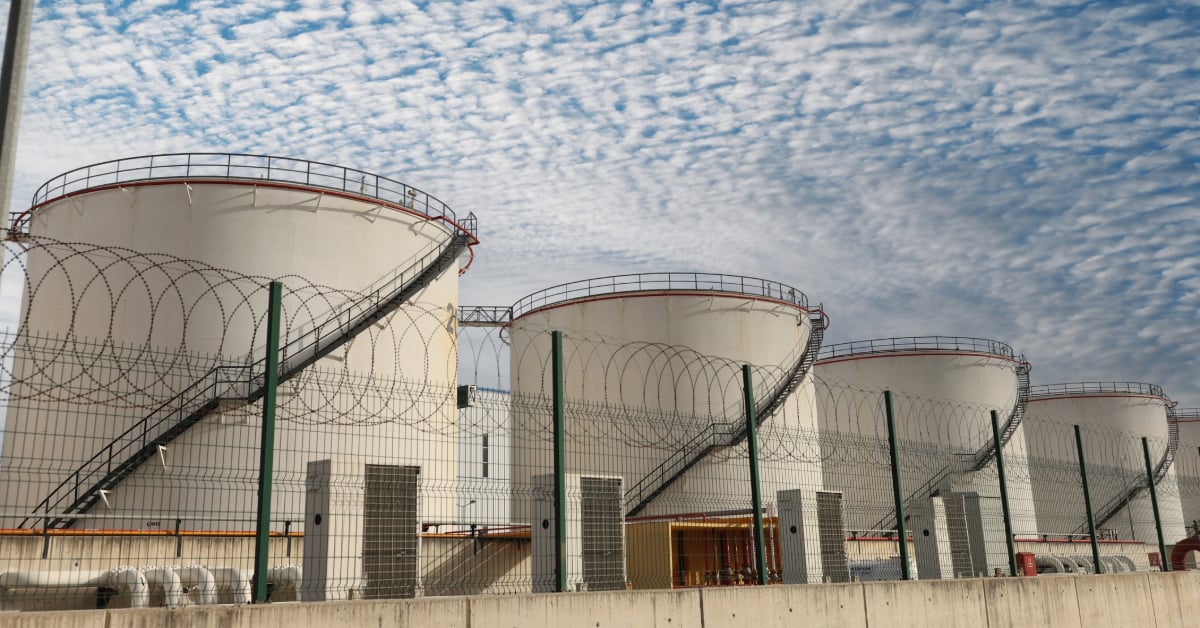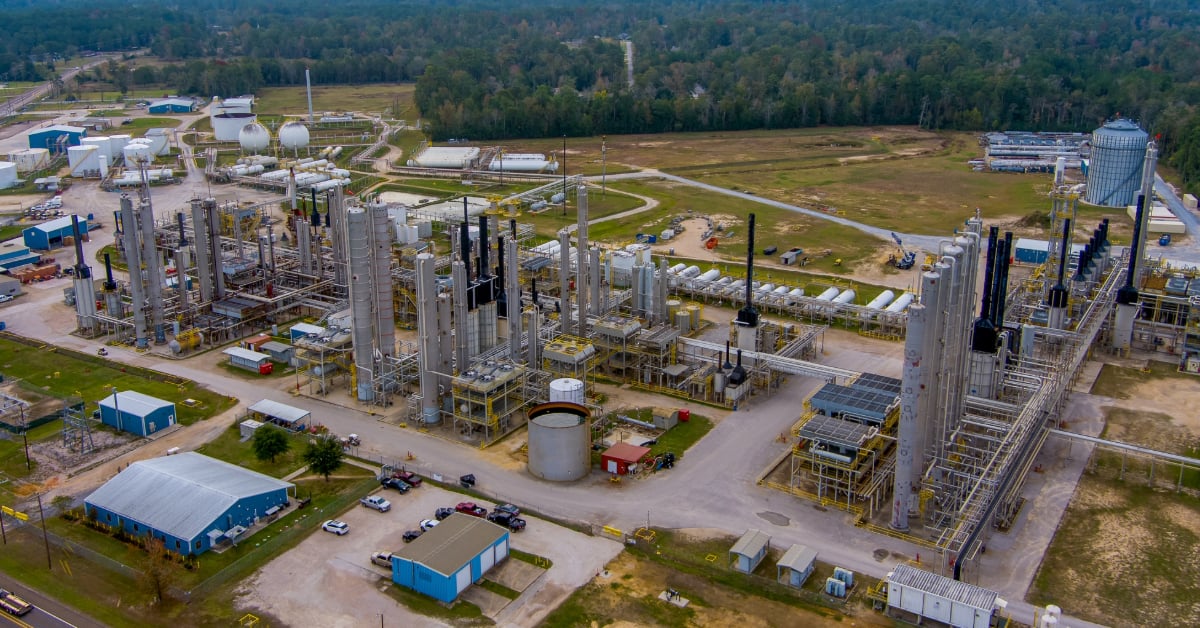Washington PUD Relies on Thermal Imaging to Keep the Lights on for Residents

While Mason County residents are at home on a cold winter night with their heat turned up, TV on, food cooking, and loads of laundry running, Chris Jorgensen of Mason Public Utility District (PUD) 3 is outside checking power lines and equipment. PUD 3 provides electricity and wholesale telecommunication services to more than 34,000 people in Washington state. If they don’t catch problems early, thousands of customers could lose power.
Prevent damage before it happens
November through March, when the electrical load is highest and the likelihood of a breakdown is greater, PUD 3 engineers spend 5 to 6 hours in the late evening inspecting power lines, connections, and equipment with a FLIR thermal imaging camera. "We start with our substations, then we’ll do our 3-phase distribution lines," said Jorgensen. The thermal camera helps them identify hot spots on the electrical system so they can prevent failures before they occur.
"We drive down the road and one of us scans out the window with the thermal camera to spot check. If we see something, we get out and do a full analysis," said Jorgensen. PUD 3 has been using thermal cameras for inspections since 2001. "Before we had thermal imaging there was no way to do preventive maintenance. Equipment failed and we went out and fixed it," Jorgensen said. But with a FLIR thermal camera they could save time looking for issues without getting out of the vehicle and catch problems before they cause an outage.
The infrared inspection program at PUD 3 helps make their electrical system safe, reliable, and saves the utility company thousands of dollars by conducting maintenance during regular business hours. The alternative is a major outage – one that could occur at night or on a weekend – and result in more expensive overtime work hours for the PUD 3 crew.
Their thermal camera has helped them find problems on cutouts, substation getaway structures, and poor or failed connections. The technology has even been beneficial for checking construction quality.

The bushing atop a regulator on the C-phase circuit at PUD 3’s Mountain View substation was failing. Without timely repairs, this failed connection would have caused $40,000 in damage and cut service to about 3,000 customers.
"My infrared work is like hunting; we scan every line and every piece of equipment looking for potential problems with our system," said Jorgensen. "It is great satisfaction when imminent equipment failure is found and repaired before it ever causes an outage."
Prioritize and schedule repairs
PUD 3 also monitors their loads with SCADA software to see what is under the most amount of stress, then they start their survey where the load is highest. Sixty percent of the time they find lines or equipment that need to be repaired. Having access to a thermal camera helps PUD 3 to prioritize and schedule repairs. The ability to see a hotspot and the severity of the problem allows the engineers to make the determination that, "this isn’t going to fail tonight, but maybe tomorrow."
The benefits of catching hot spots early include extending the life of otherwise well-functioning equipment; prevention of equipment failures that could lead to widespread outages; and reduction of costs through maintenance as opposed to replacement of damaged equipment.
"Thermal imaging really allows us to see what the naked eye can’t see," said Jorgensen. "It allows us to fix these problems before a failure, and it has been a huge benefit to the utility."

Learn more about the resolution, sensitivity, and outstanding ergonomics of FLIR T-Series Thermal Imaging cameras. From the award-winning T500-Series to the HD-resolution T1K, the FLIR line of T-Series cameras has models that fit your needs.
Learn More


